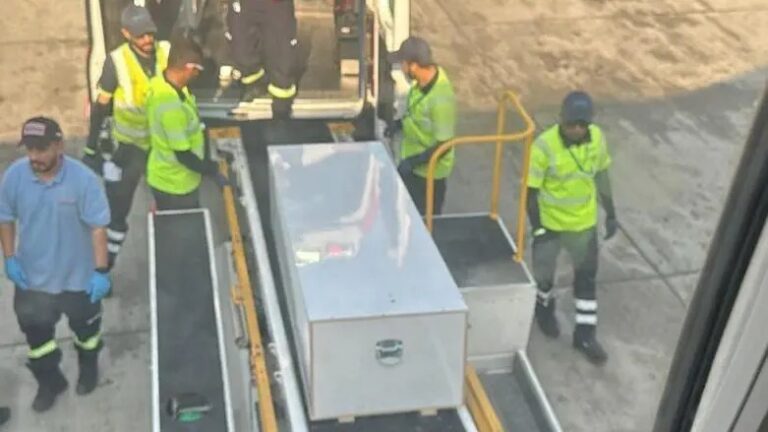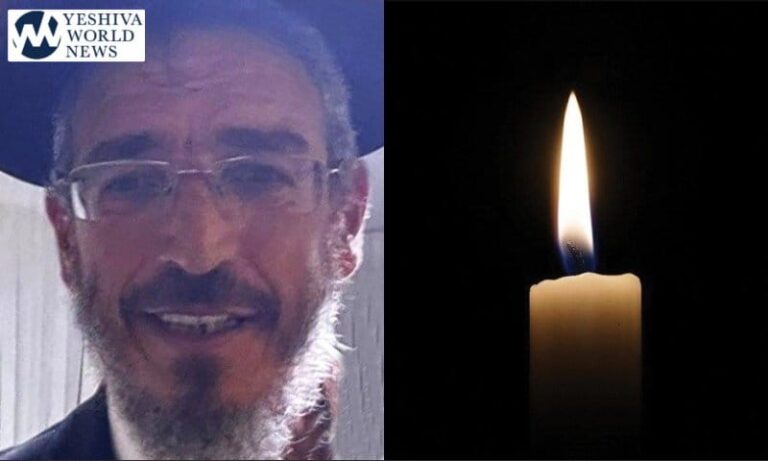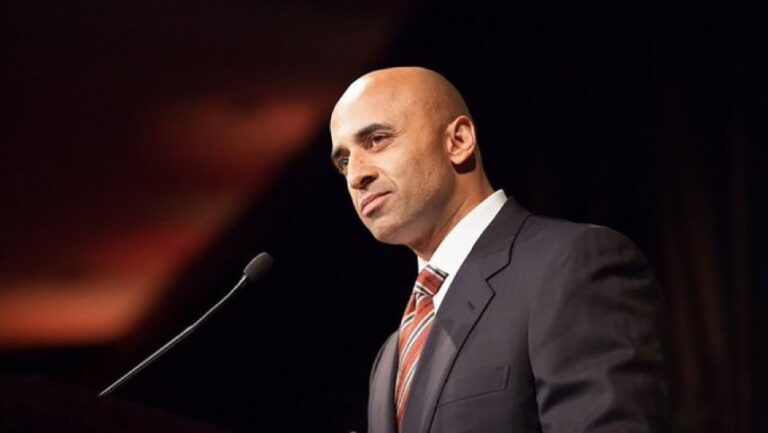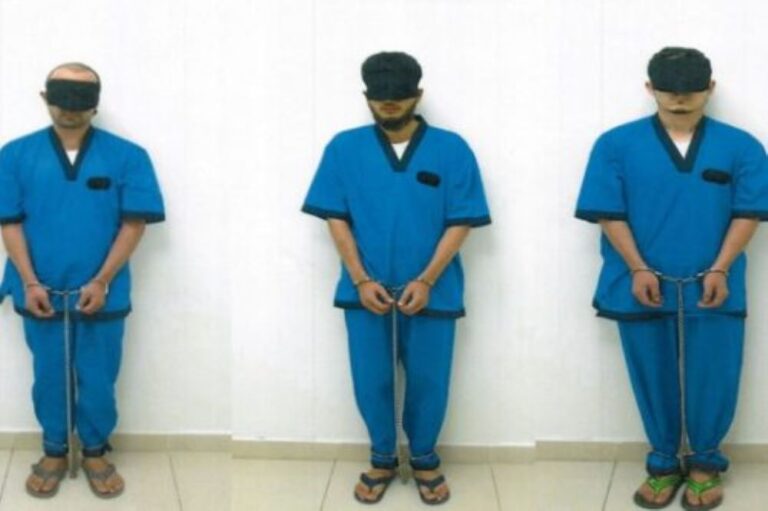This week’s Sedra is by and large a repetition of Parshas Truma. The main difference between the two Sedras is that whereas Parshas Terumah was Hashem’s instructing Moshe to tell Klal-Yisroel of the construction, and likewise the God-given Instructions as to the building of the Mishkan and its Keilim, this week’s Sedra starts briefly with Moshe Rabeinu’s instructing Klal-Yisroel and then goes in great detail about how Betzalel (and Ahaliav etc.) actually built the Mishkan.
While this is the main thrust and idea of the Parsha, there is a contrast drawn at the beginning of the Parsha between the six days of work and Shabbos Kodesh. This is done pertaining to the Mishkan as Moshe Rabeinu is instructed to work towards building the Mishkan for six days and to stop on Shabbos for it is to be a Holy day.
The most obvious question on this Parsha is: why does the Torah spend so much time reiterating exactly how the Mishkan was built? – wouldn’t it suffice just to tell us that Betzalel built the Mishkan exactly as instructed by Hashem without any deviations? Furthermore if the Torah did for some reason feel it necessary to say how Betzalel built the Mishkan in all its detail – why did the Torah have to go through these details earlier in Truma? Could we not have learned them from here?
Another question is: Why is it that the Torah chose to teach us the thirty nine Melachos ( the 39 categories of work forbidden on Shabbos) from the construction of the Mishkan?
The Meiri in his introduction to Meseches Midos (the tractate that deals with the measurements of the First and Second Temples) asks the following question: if the Mikdash of the First and Second Temples(Bayis Rishon and Sheini) is never to be rebuilt [the Third Bayis has its own dimensions as prescribed by the Navi] why is it that Chazal felt it necessary to dedicate an entire tractate to it? The Meiri answers that every part of the Mishkan had an intrinsic Kedusha to it that was supposed to infuse us as well with some sort of Kedusha – that every part of the Mikdash was meant to channel some type of Kedusha into the world. Since in our day and age we have no Mikdash to channel these elements of Kedusha to our world, we must at least have a tractate that tells us about them and explains to us their structure and make up, so that through our learning and even reading we should somehow be influenced by their intrinsic Kedushos.
From the Meiri’s approach it follows that the actual act of constructing the Mishkan /Mikdash and its furnishings was actually an act of creating Kedusha in the world. When Betzalel built the Mishkan and its Keilim he was actually funneling Kedusha into the world. Therefore when the Torah accounts for the actual construction of the Mishkan it is truly something worth saying in great detail. Had the Torah not repeated these details, we might perhaps not have realized the importance the Torah is attaching to them.
The Torah therefore chose the building of the Mishkan to teach us what is considered a Melacha and what not. The Torah wishes to impart to us the potential that we have to create Kedusha with our every mundane act if we so choose.
A very warm Good Shabbos, Rabbi Y. Dov Krakowski.










